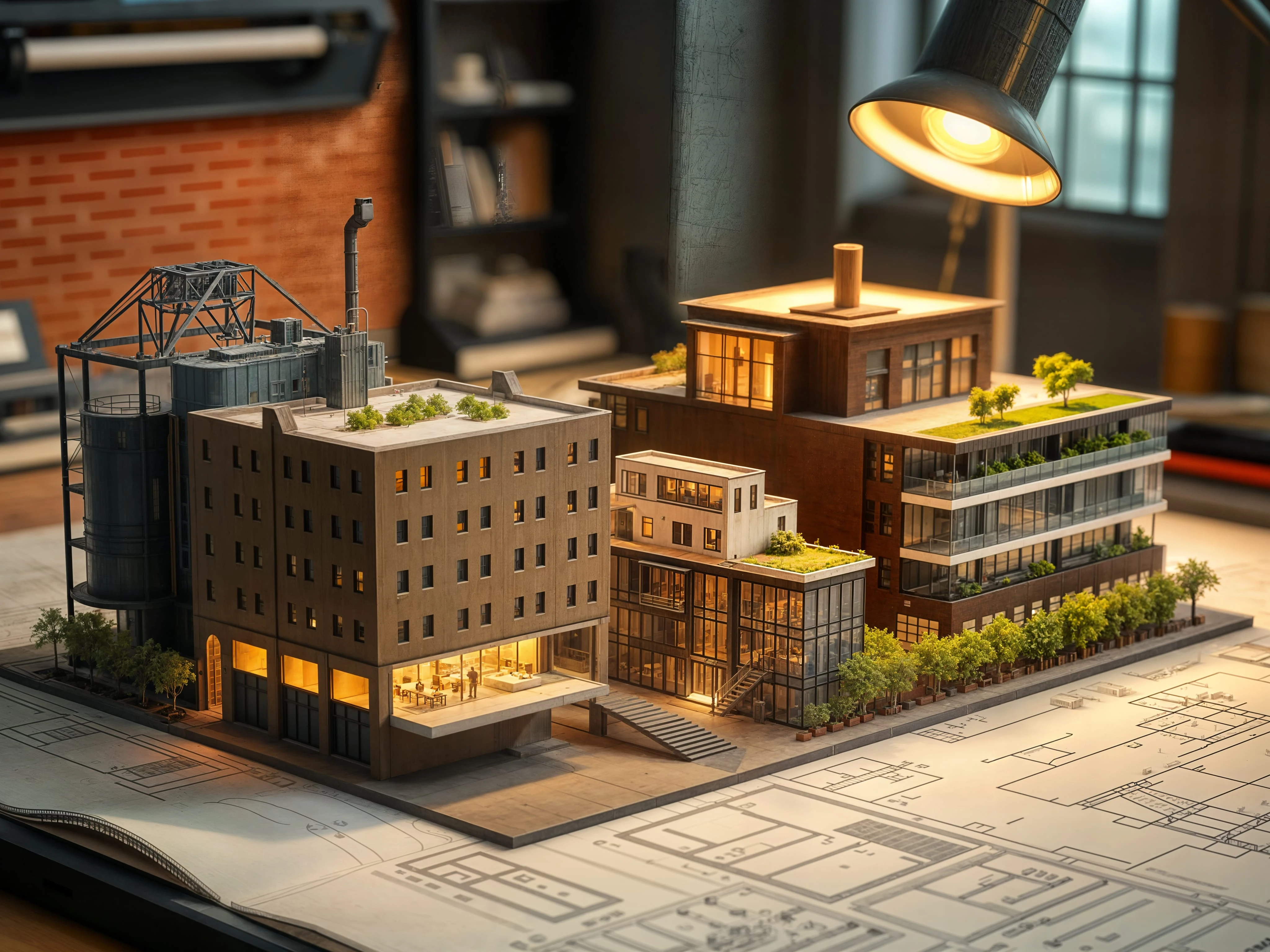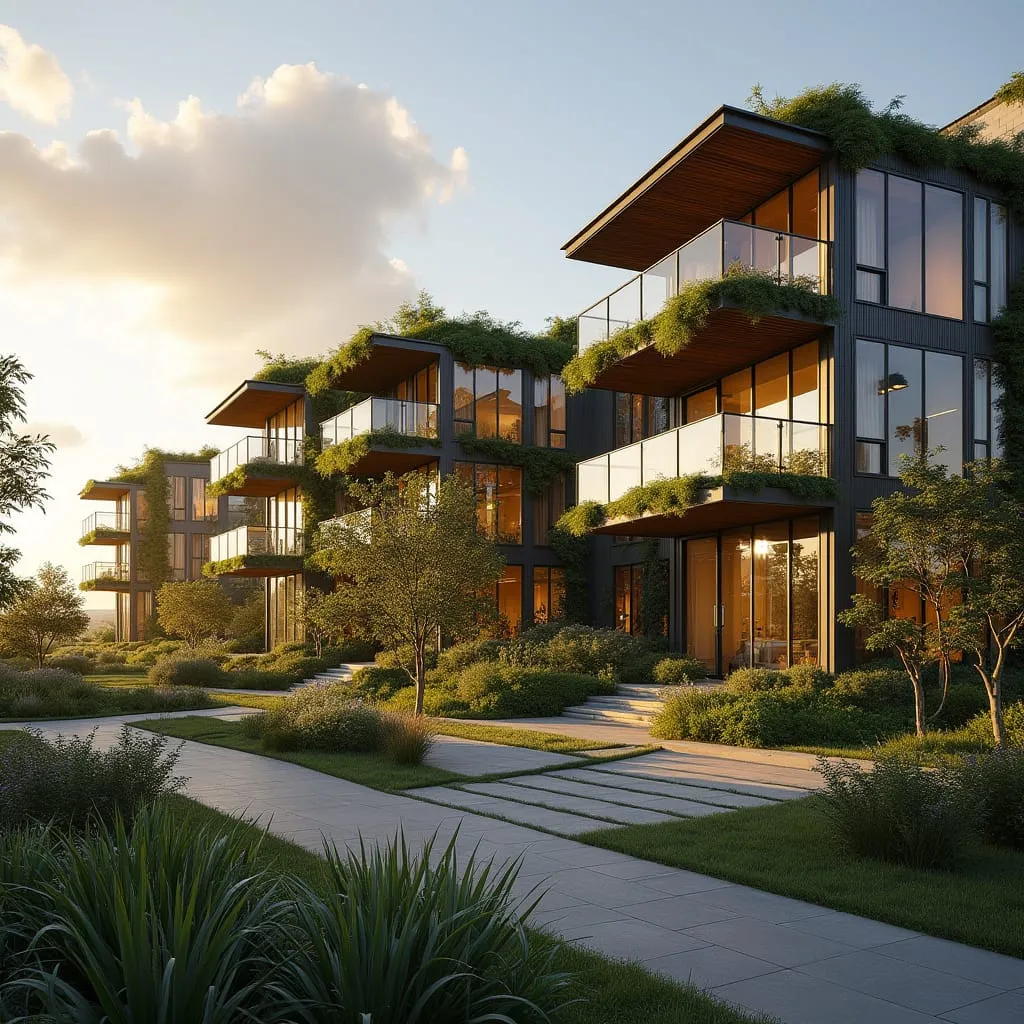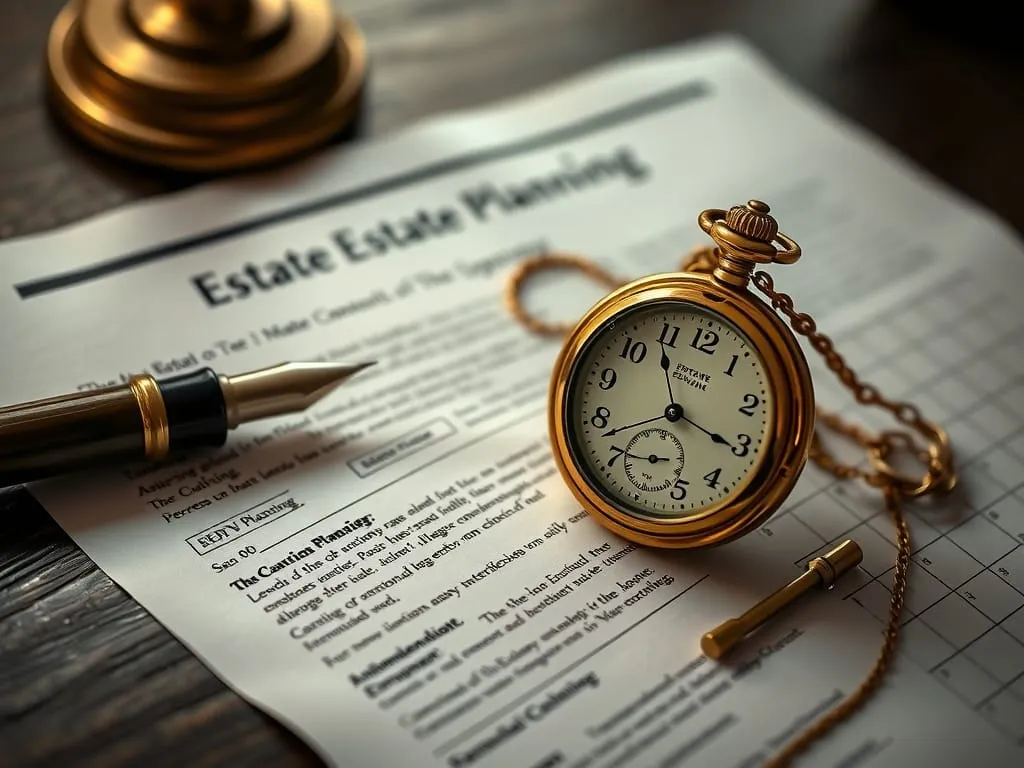Urban Regeneration: Transforming Cities for the Future
Urban regeneration is reshaping real estate by transforming underused areas into vibrant, inclusive, and sustainable communities—delivering both strong returns and positive social impact.
Why Urban Regeneration Matters
Key Drivers:
- Population Growth: Urban areas gaining 1.5 million people weekly.
- Shifting Preferences: Demand for walkable, mixed-use, and connected neighborhoods.
- Sustainability: Reducing emissions through density, transit access, and clean energy.
- Affordability & Equity: Mixed-income housing, job creation, and community engagement.
Real-World Success Stories
Boston Harbor District
A 25-acre brownfield transformed into a thriving mixed-use development with housing, public spaces, and commercial areas. The project delivered 2,200 new homes with 30% designated as affordable housing, while achieving a 12.5% IRR over 8 years for investors.
Barcelona Innovation District
A former industrial zone repurposed into a dynamic innovation hub that created 3,500 new jobs, reduced carbon emissions by 60% compared to conventional developments, and generated a 15.2% IRR over 10 years.
Melbourne Urban Village
A transit-oriented development on underutilized land that provided 1,800 homes (25% affordable), reduced car ownership among residents by 35%, and delivered a 14.8% IRR for project investors.
Ingredients for Successful Urban Regeneration
Effective urban renewal projects share critical elements that drive both social impact and investment performance:
- ✓ Strategic Identity - Distinctive placemaking, mixed-use planning, and anchor tenants
- ✓ Phased Implementation - Early wins balanced with long-term adaptability
- ✓ Public-Private Partnerships - Shared risk, capital allocation, and community benefits
- ✓ Inclusive Governance - Long-term stewardship with meaningful community voice
Isolated developments with limited community integration
District-scale planning with greater stakeholder involvement
Blending residential, commercial, and social infrastructure
Equity-centered development with climate resilience
Navigating Key Challenges
Inclusion vs. Gentrification
Successful regeneration projects embed affordability mechanisms and local economic benefits early in the development process, ensuring existing residents can remain and thrive as neighborhoods improve.
Complex Regulations
Forward-thinking developers engage with authorities early and pursue flexible, performance-based approvals that balance compliance with innovation, streamlining the path to project delivery.
Patient Capital
Urban regeneration requires investment structures designed for longer timeframes with phased returns, aligning capital strategy with the natural evolution of neighborhood transformation.
Future Trends in Urban Regeneration
Climate Resilience
Next-generation urban developments feature microgrids for energy independence, integrated green infrastructure for stormwater management, and innovative heat mitigation strategies.
Health & Wellness
Urban regeneration increasingly prioritizes accessible outdoor space, superior air quality systems, and active design principles that encourage physical activity and community interaction.
Circular Economy
Adaptive reuse of existing structures, modular construction techniques, and comprehensive waste reduction strategies are becoming central to sustainable urban development practices.
Conclusion
Urban regeneration represents a high-impact investment strategy that revitalizes cities while addressing critical challenges in climate resilience, social equity, and sustainable growth. With thoughtful planning and strong partnerships, these projects deliver lasting value for communities and compelling returns for investors.
At SOLAVELLE GROUP, we believe urban regeneration embodies the future of real estate—where positive impact and investment performance grow together, creating vibrant communities that stand the test of time.



